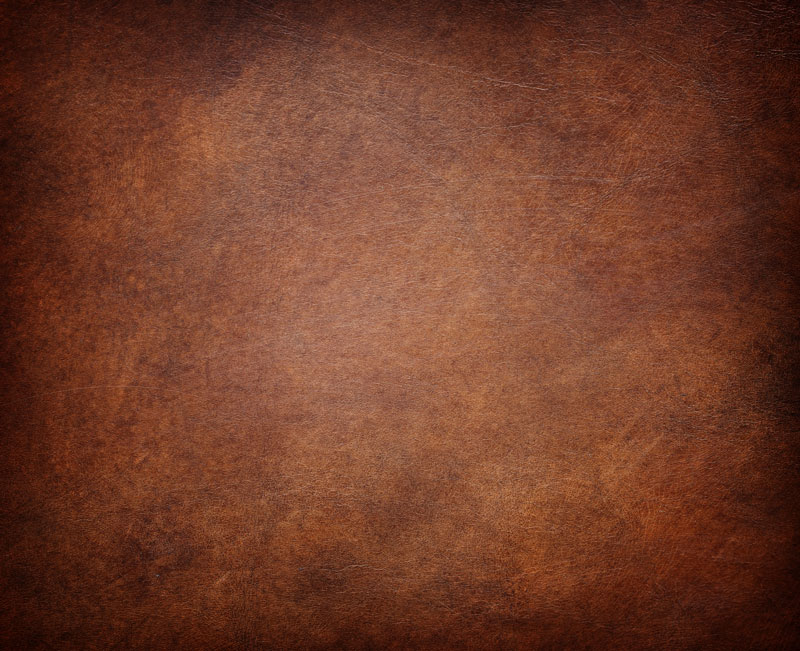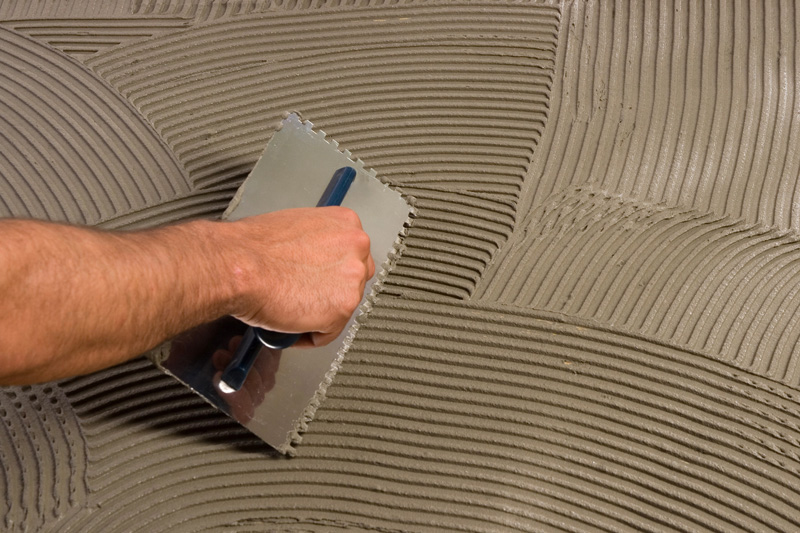Leather flooring is one of the most luxurious and decadent flooring imaginable. If you’re walking in bare feet, the surface immediately adjusts to your body temperature, and feels warm in the winter and cool in the summer. Also, it never loses that wonderful, pleasing leather scent. Over time, the increased wear creates the appearance of rich patina, or the look that gives leather its unique character.
Leather tiles are available in a variety of earthy colors as well as custom shades, inlay, laser engraving and embossing. They are approximately 1/8″ thick and come in all sizes. A popular option is the standard 12″x12″, 24″x24″ and many opt for decorative borders, inserts, herringbone patters or custom layouts. Design choices are limited only by your imagination. In addition to flooring, leather makes a luxurious covering for wall paneling or even crown molding. The styles range from traditional and sophisticated, to modern and contemporary.

Leather tiles work well in most areas of the house, adding a rich and inviting feel to a dining or living room. They create a warm and relaxing atmosphere in a sitting room or library and work well in media rooms because leather is great for sound control. The comfort of walking barefoot on these floors makes it a popular choice for the bedroom. Installation in the kitchen or bathroom is not suggested, due to the large amount of moisture, and harsh cleaners the tiles would be subjected to.
Maintenance of Leather Tiles
When first installed, leather tiles require an initial coating of paste wax followed by two or three coats of bowling alley wax. It is very important to apply the paste wax first or you may get a white haze on the leather. Subsequent tile maintenance is fairly easy, consisting of a regular dry dust mopping and intermittent damp mopping for general cleaning. Spills should be wiped up immediately to avoid any build of moisture for an extended period of time.
Key Things to Avoid
If you have installed leather tiles in your home, here are some things to consider:
- Never wax leather wall tiles.
- Refrain from using abrasive cleaners, soap, furniture polish, varnish, solvent, ammonia products, or wax containing a high concentration of Carnauba.
- Never place rubber backed or non-ventilated rugs, rug padding or mats on top of the leather.
- Exposing the tiles to direct sunlight for extended periods of time may cause fading or color variations.
- The Installation Process
 Leather tiles can be glued to any wood or concrete surface. Painted or treated floors need to be sanded or roughed up prior to installation to ensure the glue will adhere to the surface. Floors need to be clean, level, with any cracks filled and sanded. Just one grain of sand will surface under the tile, making it appear larger.
Leather tiles can be glued to any wood or concrete surface. Painted or treated floors need to be sanded or roughed up prior to installation to ensure the glue will adhere to the surface. Floors need to be clean, level, with any cracks filled and sanded. Just one grain of sand will surface under the tile, making it appear larger.
The glue should be a non-flammable water-based adhesive applied to both the back of the tile and the floor. Once it has dried to the touch, it can be pressed in place. Leather tiles are prone to curling and shrinkage, so it’s imperative the tiles are stuck extremely tight.